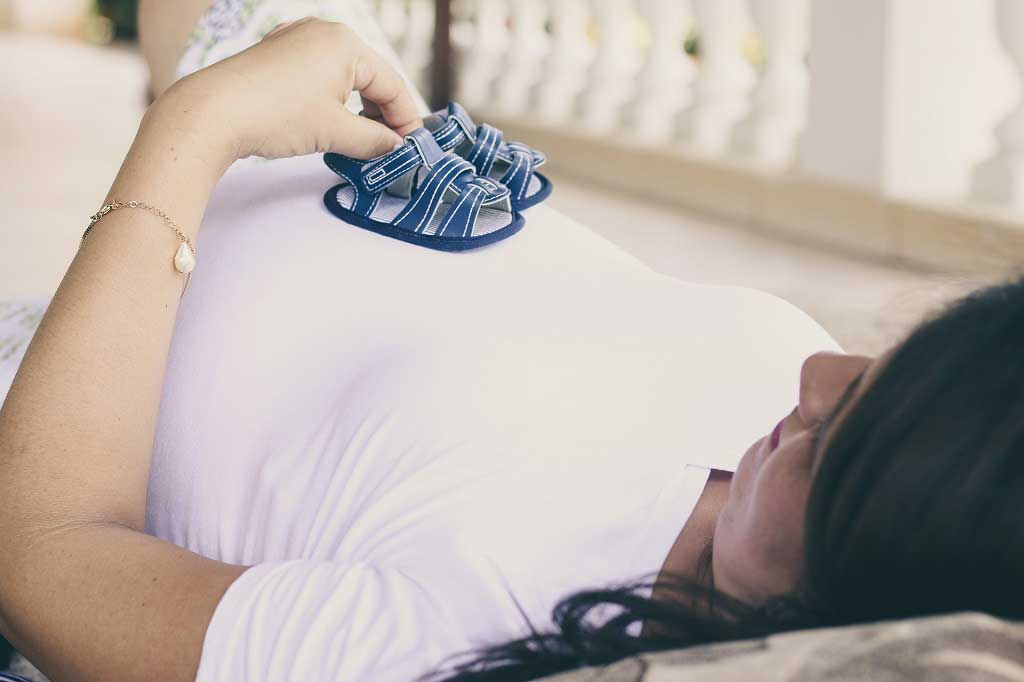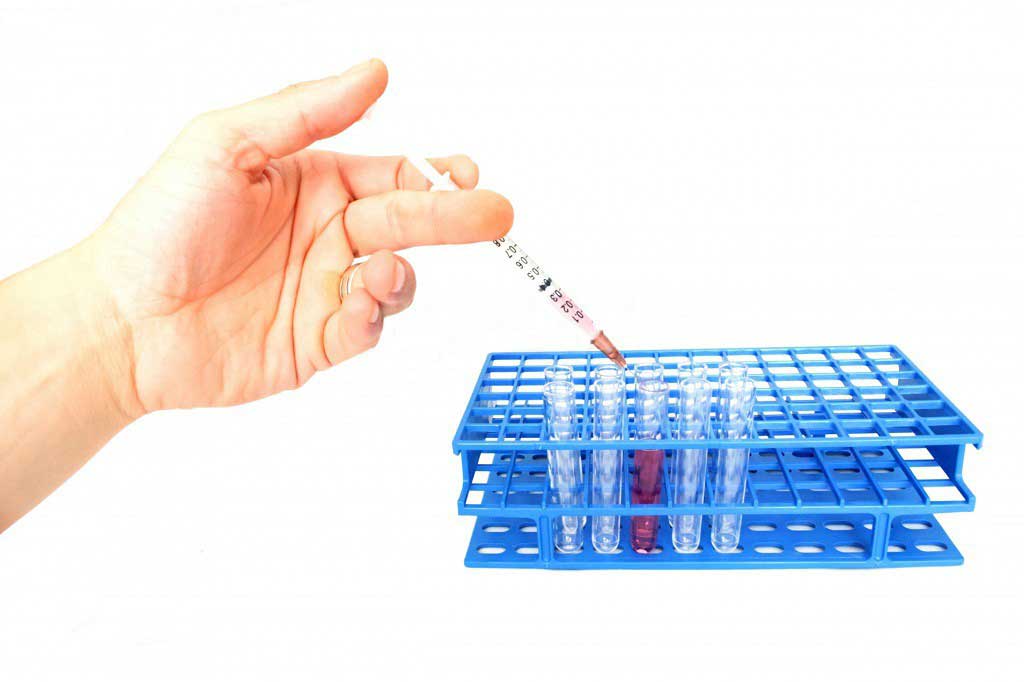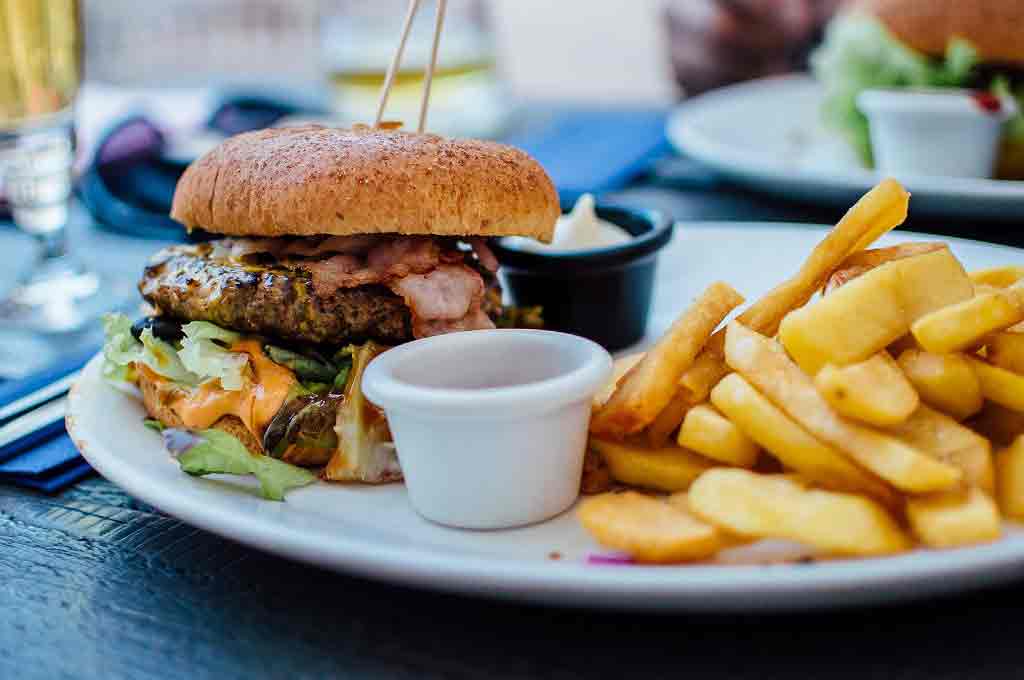Gastroscopy
Risks of a gastroscopy
A gastroscopy is a very safe procedure and the risks of serious complications are small.
If it'sused to diagnose a condition,ithas less than a 1 in 1,000 chance of causing complications.
A gastroscopy used to treat a condition is more invasive and has a higher risk of complications. However,the riskis still relatively small, at around 1 in 100.
Some of the possible complications of agastroscopyinclude:
- adverse effects from sedation
- bleeding
- perforation (tearing)
These are described below.
Sedation
Sedation is usually safe, but it can occasionally cause problems, such as:
- feeling or being sick
- a burning sensation at the site of the injection
- small particles of food falling into the lungs and triggering an infection (aspiration Pneumonia )
- an irregular heartbeat
- breathing difficulties
Very rarely, complications from sedation canresultina stroke or heart attack .
Bleeding
Sometimes, during a gastroscopy, the endoscope can accidentally damage a blood vessel, causing it to bleed. However,significant bleeding is very rare.
Signs of bleeding can include vomiting blood and passing black or "tar-like" stools.
The site of the bleeding can usually be repairedduring a further gastroscopy. A blood transfusion may also be required to replace lost blood.
Perforation
During a gastroscopy, there's a very small risk of the endoscope tearing the lining of your oesophagus, stomach or the first section of your small intestine (duodenum). This is known as perforation.
Signs of perforation can include:
- neck, chest orstomachpain
- pain when swallowing
- a high temperature (fever) of38C (100.4F) or above
- breathing difficulties
If the perforation isn't severe, it can usually be left to heal by itself. You may be given antibiotics to prevent an infection occurring at the site of the tear.Surgery may be needed to repair more serous perforations.
Introduction
A gastroscopy is a procedure where a thin, flexible tube called an endoscope is used to look inside the oesophagus (gullet), stomach and first part of the small intestine (duodenum).
Why a gastroscopy is used
A gastroscopy can be used to check symptoms or confirm a diagnosis, or it can be used to treat a condition.
How a gastroscopy is performed
Instructions about how to prepare for a gastroscopy should be included with your appointment letter. Phone the hospital if there's anything you're unsure about.
Risks of a gastroscopy
Read about the main risks associated with having a gastroscopy, including the risks of sedation and internal bleeding.







 Subscribe
Subscribe Ask the doctor
Ask the doctor Rate this article
Rate this article Find products
Find products